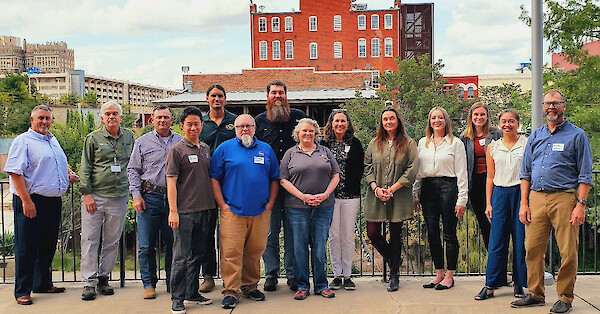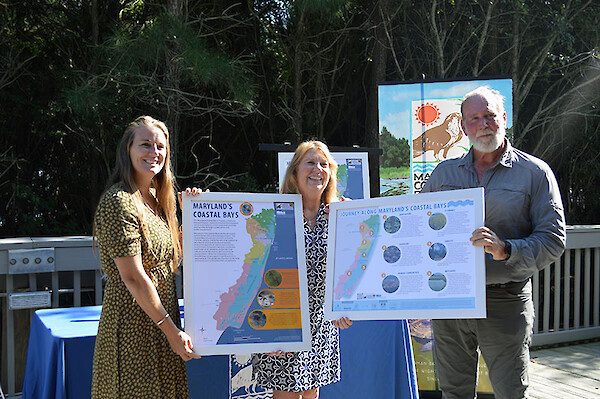Advancing the next generation report card for the Arkansas River and Red River Basins

On September 11-14, Heath Kelsey and Vanessa Vargas-Nguyen, along with Kim Lutz of America’s Watershed Initiative, traveled to Oklahoma City to facilitate a stakeholder workshop addressing inland navigation, flow management, and flood control in the Arkansas-Red River Basin. It saw participation from stakeholders from diverse backgrounds and resulted in a shared vision for creating a sustainable, equitable, and resilient system. Key priorities that emerged from the workshop included data and communication, holistic management, ecological flows, natural systems, infrastructure, water quality, and funding. Proposed actions included advocating for funding, promoting coordination, educating the public, developing consensus-based solutions, and investing in climate adaptation. The workshop will act as a model for the advancement of the Mississippi River Watershed Report Card, focusing on specific goal areas and sub-basins, and generating an actionable plan that stakeholders can adopt.
Coastal Bays classroom maps make their debut

IAN developed a watershed map with the Maryland Coastal Bays Program that will be put up in classrooms in Worcester County. The map posters aim to educate students about the local and environmental value of the Coastal Bays, instilling a sense of ownership and familiarity with the watershed. The two-sided classroom map posters will also be available in libraries and other community centers.
Summit builds momentum for the future Chesapeake Global Collaboratory

On September 28-29, the Chesapeake Global Collaboratory (CGC) Summit was held at the Rita Rossi Colwell Center in Baltimore, MD. The summit aimed to engage diverse voices, with speakers and representatives from the public, private, nonprofit, and education sectors in attendance. The event kicked off with a series of compelling plenary speeches that set the stage for the profound conversations to come.
Following the plenary were two consecutive panelist sessions with distinguished groups of experts who shared their thoughts on innovative tools through cyberinfrastructure and broadening participation in cyberinfrastructure. Afterward, participants had the opportunity to delve deeper into those specific topics during breakout sessions. These breakout groups fostered meaningful exchanges of ideas, enabling attendees to network, share experiences, and collaborate on potential solutions.
The second day began with some opening remarks and was followed by another panelist session and breakout group, this time with a focus on actionable science and applying the theories discussed from the previous day. We thank everyone who participated in this event and who helped make it possible.

